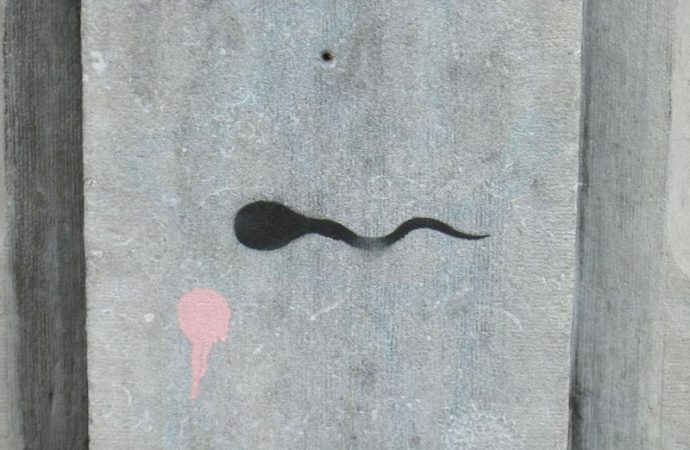Continued exposure to semen decreases the risk of HIV infection in women, says a study published yesterday in Nature Communications. Investigators from the Wistar Institute, in Philadelphia, USA, found that semen, the main vehicle in male-to-female HIV transmission, changes the vaginal and cervical environment in non-human primates, thus promoting protection to the host.
Importantly, semen exposure may change infectivity rates at low infection doses but it does not block infection if the HIV load increases. Prevention methods, such as condom use, continue to be the most effective measures to prevent infection, warn the investigators.
Changes in the female reproductive tract
To assess whether semen is a factor of resistance to HIV, the researchers divided female rhesus monkeys into four groups. Two groups served as controls, while the two others were exposed to semen twice a week. After 20 weeks, low doses of intravaginal SIV (an HIV-like virus that infects non-human primates) were given to all animals.
Female monkeys exposed to semen showed a 42% decrease in the risk of HIV-infection, after exposure to the virus. The number of protective cells in these animals was significantly higher, suggesting that chronic exposure to semen may alter the circulating and cervical tissue immune environment.
Prior studies with female sex workers had shown that taking a break from sex work increased the risk of HIV infection upon return to work. The findings now published may help explain why some sex workers at high risk of infection continue to test negative for HIV infection. The lead author of the study, Luis Montaner, hopes that “this unexpected finding could directly impact the design of future HIV vaccine studies that commonly recruit female sex workers”
Reference: Abdulhaqq, Shaheed A., et al. “Repeated Semen Exposure Decreases Cervicovaginal SIVmac251 Infection in Rhesus Macaques.” Nature Communications, vol. 10, no. 1, 2019, doi:10.1038/s41467-019-11814-5. [OPEN ACCESS]
Image Credit: EarthOwned / Flickr



